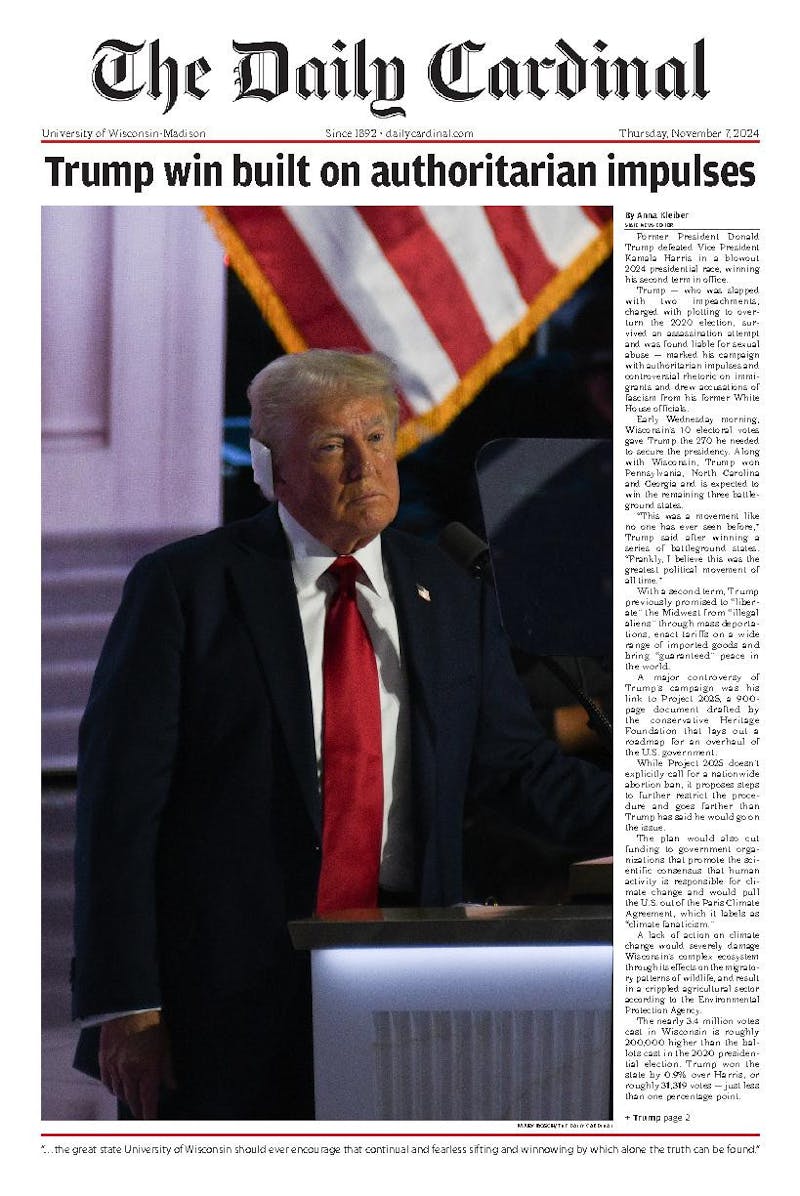UW-Madison geology Professor Clifford Thurber and graduate student Haijiang Zhang set out to study where earthquakes form under northern Japan, but they made a surprising discovery.
Collaborating with researchers at Stanford and in Japan, they studied the Honshu area, where the crust under the ocean is sinking below Japan deep into the Earth's mantle. They found that the structure of the upper mantle, which moves with the crust, is not as uniform as scientists have believed.
Instead, there is a great deal of variety in the stone of the mantle. Thurber said the team, after starting its study of where earthquakes form deep in the Earth, began \stumbling down this path of unexpected findings.""
Thurber and Zhang were able to see under the surface of the Earth using tomography, a process that measures the waves generated by small earthquakes that occur constantly around the world to create a map of the interior.
""You take two earthquakes and use the difference of their arrival times to tell where they occur,"" Zhang said.
Geologists can also use these measurements to learn about the temperature and composition of the Earth.
UW-Madison geology Professor Richard Allen said tomography allows scientists to address fundamental questions about the structure of the planet.
Zhang has developed a new process called double-difference tomography, which allows scientists to locate earthquakes accurately and map the area where an earthquake occurs. The information he and his co-workers gathered about the structure of the Earth under northern Japan could prove useful in answering a number of questions geologists have debated.
The process could show where and how earthquakes are generated when they occur deep in the Earth. Thurber and Zhang were able to answer their original question, finding that earthquakes form in both the crust and the mantle, in addition to their unexpected discovery.
Another question is how earthquakes are created where traditional theories say it should not be possible. Thurber said their data suggests the water in rocks is responsible for earthquakes deep underground.
Under the enormous pressure and heat, rocks deep in the earth lose the water that, according to one hypothesis, they absorbed on the sea bottom. Other researchers believe they absorb water from magma plumes. The changes in volume from water absorption and loss place stress on the surrounding rock, which can lead to an earthquake.
Thurber and Zhang's research will be published in the April issue of the journal Geology.





